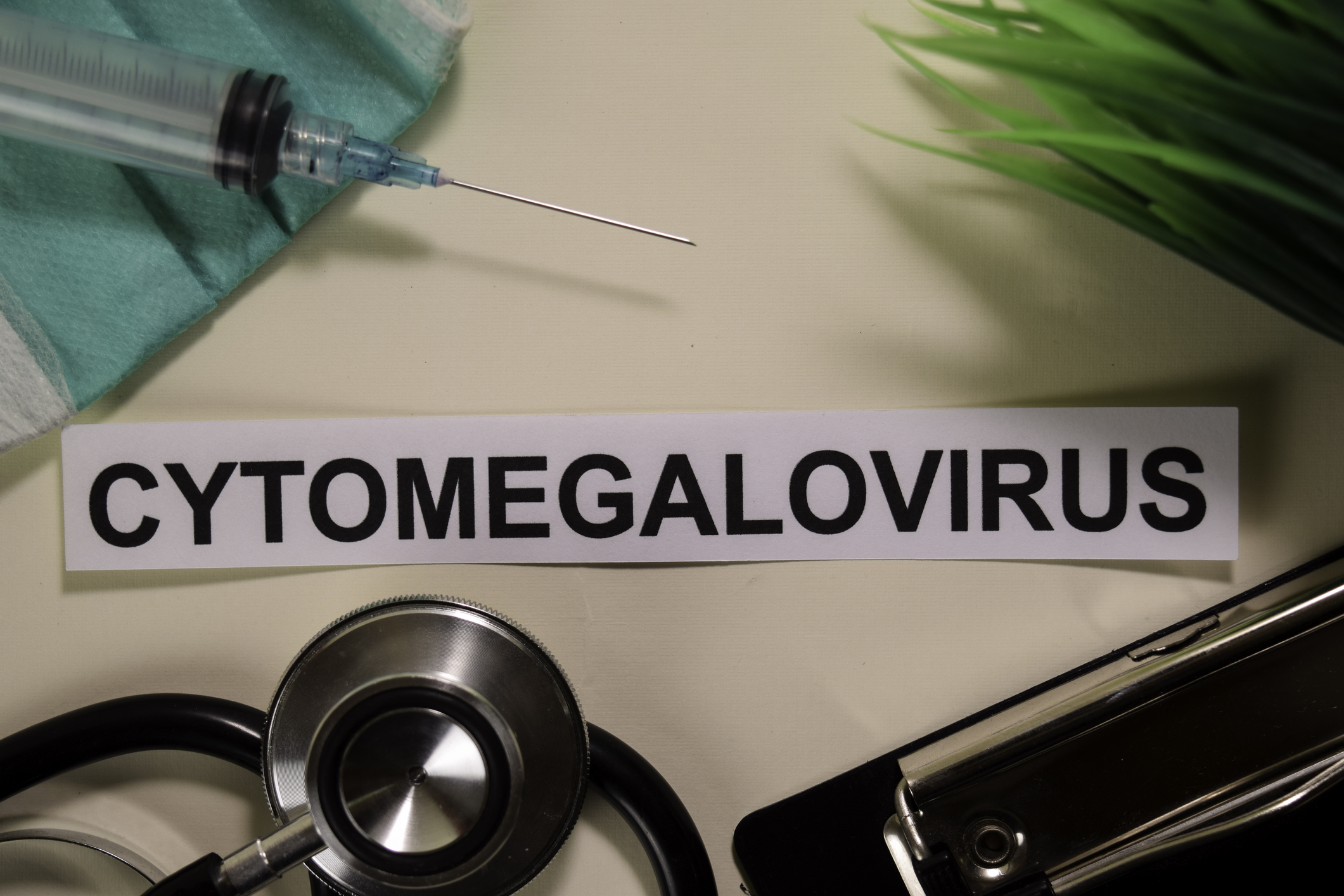Treatment of cytomegalovirus: medication, diet, diet
Treatment of uncomplicated cytomegalovirus infection in healthy people is symptomatic in most cases.
Symptomatic treatment includes:
- supportive care
- liver diet
- restriction of physically demanding activities

What is a liver diet?
A liver diet is a type of diet that is used to spare the liver. The patient can follow it for a long time.
In this diet, consumption of fatty meat, lard, bacon, sausages, pates, fatty fish, milk and dairy products (whipped cream, cream cheese) is prohibited.
Among vegetables, cabbage, kale, onions, garlic, radishes, peppers and legumes are not recommended. Among fruit, the patient should avoid, for example, currants, gooseberries, raspberries, cranberries and figs.
The following table shows the recommended amounts of nutrients
| Nutrients | Amount |
| Protein | 1 g per 1 kg of weight per day |
| Fats | 70-80 g/day |
| Carbohydrates | 300 g/day |
What does the liver diet consist of?
- Meat - From slaughter animals (beef, pork, veal, young mutton), poultry (chicken, turkey), freshwater fish (carp, trout), sea fish (pangasius, cod).
- Vegetables - Beetroot, carrots, pumpkin, spinach.
- Fruits - Must be ripe. Apples, peaches, apricots, bananas, grapefruit, oranges, mandarins and kiwis are suitable.
Specific antiviral treatment is given only rarely.
For example, specific treatment is recommended in the following cases:
- inflammation of the brain and meningitis (meningoencephalitis)
- eye complications
- severe pneumonia caused by cytomegalovirus infection
In severe cytomegalovirus infection, the drug valganciclovir is given. It prevents the growth of the virus. In the human body, it is converted into ganciclovir. Ganciclovir prevents the cytomegalovirus from reproducing.
In addition, the drug valacyclovir can be used for treatment. Valacyclovir is used for prophylaxis of cytomegalovirus infection and organ transplant disease in adults and adolescents.
The active substances mentioned above belong to the group of antivirals. Antivirals are mainly effective when the virus is multiplying. They act on certain enzymes specific to the virus.










